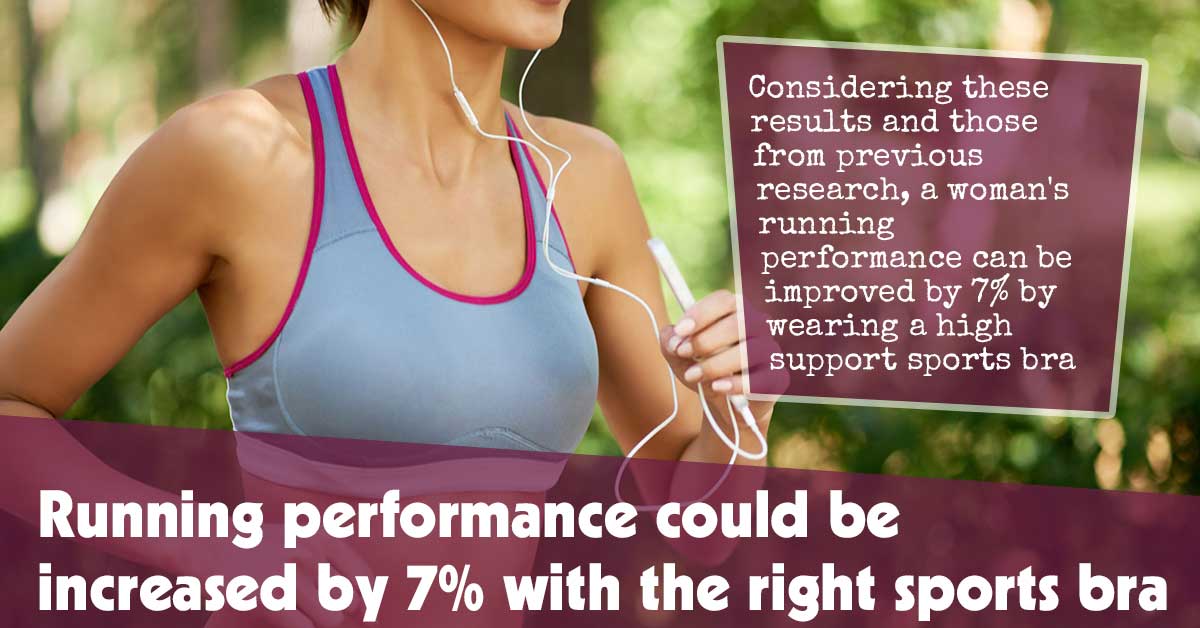Running is a highly accessible form of exercise with numerous proven musculoskeletal and cardiovascular benefits and a bonus of improved mental health. Quality running gear, which includes the proper pair of shoes, is essential to reduce injury risk and improve running performance.
A well-designed sports bra for women helps to protect from breast pain caused by exercise, which can be a significant obstacle to participating in sports. Approximately 72% of women have breast pain when running.
Prior research has demonstrated that the improved breast support that sports bras provide not only affects breast movement but can also have a positive impact on running performance. Better breast support has been associated with improved range of motion and reduced oxygen consumption.
The biomechanics supporting improved running performance with better breast support aren’t well understood. Researchers therefore wished to further explore the impact that a good quality sports bra had on running biomechanics.
This study represents 1 of a series of studies on the subject of breast support and body biomechanics. The researchers wished to find strategies that could help reduce exercise-induced breast pain for women.1✅ JOURNAL REFERENCE DOI: 10.3389/fspor.2023.1113952
The researchers investigated the effect of breast support on the stiffness of the knee joint while treadmill running. Stiffness of the knee joint is a biomechanical measure indicating the resistance of the knee joint to movement with the application of force. Knee joint stiffness has been associated with running-related injury, improved running performance, and reduced oxygen consumption.
12 recreational runners between the ages of 18 and 35 with a B-, C-, or D-cup were fitted with 2 different sports bras: a low support and a high support bra. The control condition participants were instructed to carry out the experiment bare-chested. Each individual then completed running bouts for 3 minutes in each of the 3 breast support conditions (low, high, control).
An instrumented treadmill and a 10-camera motion capture system were used for collecting the data. The participant’s movements were monitored making use of retroreflective markers fitted on various parts of the body.
Visual3D was used to determine knee joint excursions and custom software was made use of to determine the stiffness of the knee joint and breast displacements throughout the stance stage of running in each condition.
The experiment revealed that higher breast support levels were linked to increased knee joint stiffness as a result of smaller joint excursions. In comparison to the control, the low, as well as high support conditions, were linked to 2% and 5% increases in stiffness of the knee joint.
Overall, considering these results and those from previous research, a woman’s running performance can be improved by 7% by wearing a high-support sports bra.
The results reveal that poor breast support not just affects breast movement but that compensations happen over the entire body. These compensations can result in increased injury risk, reduced running performance, and even chronic pain which includes chest and back pain.
Limited advancement in bra design has taken place over the past 50 years. These results, together with previous research, demonstrate that sports bras ought to be considered not just as apparel, but also as sports equipment that can reduce injury risk as well as improve performance.



